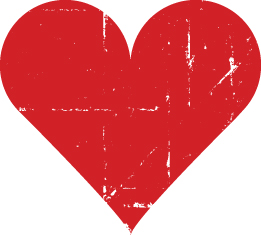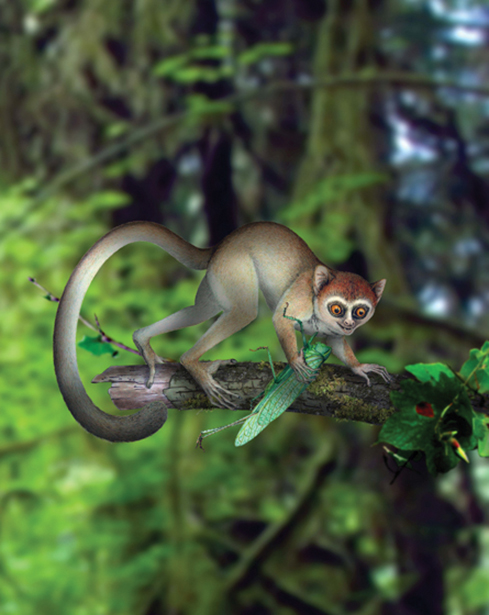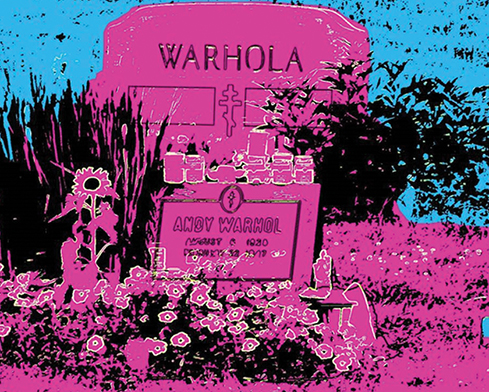 Fall 2013
Fall 2013
Mastodon Makeover
Passersby at Carnegie Museum of Natural History’s PaleoLab are getting a glimpse of one of Andrew Carnegie’s first fossil purchases, now getting some much-needed TLC. Fossil preparators are conserving and restoring the museum’s fetching specimen of an American mastodon, discovered in 1897 five miles west of Waterloo, Indiana, and purchased by Carnegie a year later. Mastodons were mighty mammals that roamed North America during the Ice Age up until about 10,000 years ago, and Carnegie’s specimen is still one of the largest of its kind ever found.
Into the Stemisphere Carnegie Science Center is creating a one-stop regional resource to help parents and their science-loving kids find fun, stimulating science- and math-based activities beyond the classroom. Called “STEMisphere,” it’s a searchable online hub of STEM (science, technology, engineering, and math) programs, events, and online learning activities for pre-K through grade-12 students offered throughout southwestern Pennsylvania. And thanks to support from the Alcoa Foundation, Claude Worthington Benedum Foundation, and Shell Oil Company, this project of the Science Center’s Chevron Center for STEM Education and Career Development will soon be reality, with a launch scheduled for this fall.
35,000 Objects
At any given time, Carnegie Museum of Art displays nearly 2,000 of the 35,000 works of art in its collection.
We
 Our Members Our MembersProve it, you say? Beginning November 17, Carnegie Museums will do just that with Member Appreciation Week, featuring special happenings at all four museums. The timing is no coincidence: the week leads up to November 25, Andrew Carnegie’s 178th birthday.
"It’s what we find so often in paleontology but we can never predict it, and that’s an animal that’s unlike anything else we’ve ever seen."
- Carnegie Museum of Natural History paleontologist Chris Beard, talking to Science News about the discovery of Archicebus achilles, the oldest known fossil primate skelton. It was unearthed in central China.
Earth to Warhol
In Warhol’s well-known spirit of pushing boundaries, on August 6—what would have been Andy’s 85th birthday—The Andy Warhol Museum and EarthCam launched Figment, an around-the-clock live feed of the Pop artist’s final resting place at St. John the Baptist Byzantine Catholic Cemetery in Bethel Park, a suburb of Pittsburgh. “We believe that this will give Andy the pleasure of knowing that he is still plugged in and turned on over 25 years after his death,” says Warhol Director Eric Shiner. Each year, hundreds of devotees make the pilgrimage to Warhol’s gravesite, leaving behind everything from hand-written love letters to Campbell’s Soup cans and Coca-Cola bottles. Now, by way of The Warhol’s website, fans can pay their virtual respects. Or, perhaps even send Andy flowers and watch the gift be delivered live to the gravesite. Warhol famously said, “I always thought I'd like my own tombstone to be blank. No epitaph, and no name. Well, actually, I'd like it to say ‘figment.’”
All Aboard the Art Train
This fall, artist Doug Aitken is taking a group of artists and musicians on the road—in this case, the railroad—with Station to Station: A Nomadic Happening, a cross-country journey by train that starts in New York and ends in San Francisco, making 10 stops along the way, including Downtown Pittsburgh on September 8. Each stop will feature site-specific art happenings organized with local partners (in Pittsburgh, Carnegie Museum of Art), and the funds raised through ticket sales and donations will be divided among seven partner museums, including Carnegie Museums. The last time Aitken set up shop in Pittsburgh was during Life on Mars, the 2008 Carnegie International, during which his film Migration, featuring wild North American animals hanging out in motel rooms, graced the front and rear of the Scaife wing of Carnegie Museum of Art.
|
2013 Carnegie International · Artist as Activist · History Redux · Artists In Their Own Words · Frozen In Time · The Stand-In · Director's Note · Face Time: Lauren Talotta · Science & Nature: Cultural Craftsman · About Town: Wild by Design · The Big Picture
 |
Copyright © 2017 CARNEGIE Magazine. All rights reserved. |






